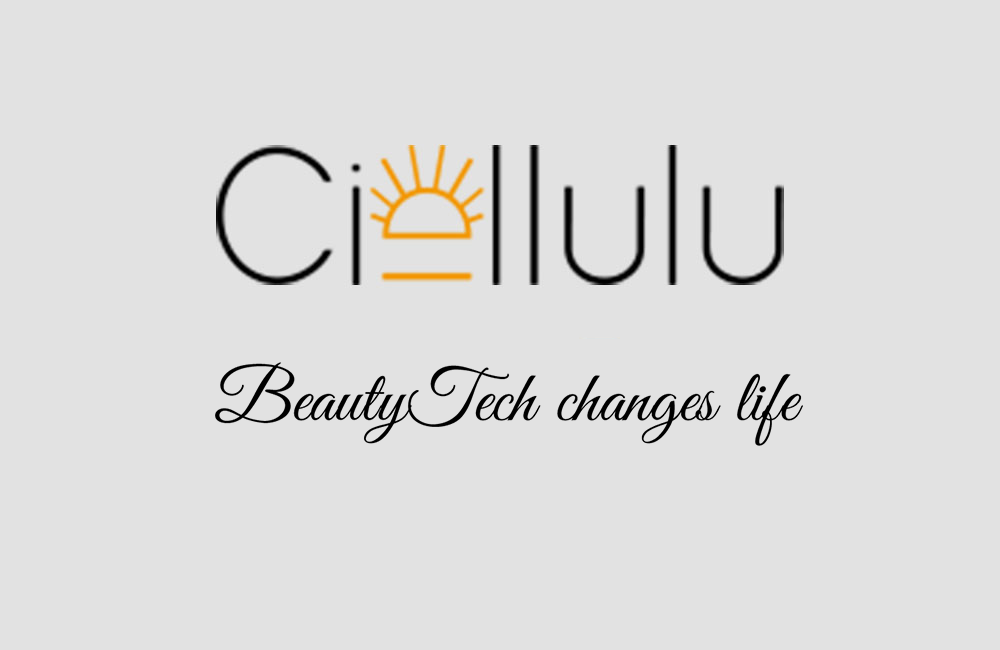How to Treat Body Acne

How to Treat Body Acne
How to Treat Body Acne: Effective Solutions and Technologies
Body acne can be as distressing as facial acne, affecting one’s esteem and comfort. From the back and shoulders to the chest and buttocks, body acne is a widespread concern that requires targeted treatment strategies. Luckily, various treatments, including whitening skin treatments and advanced technologies like IPL (intense pulsed light) lasers, have shown promising results in managing and diminishing body acne. This article delves into how to effectively treat body acne, outlining the best practices and modern technologies available.
Understanding Body Acne
Body acne occurs when hair follicles or pores get clogged with dead skin cells, bacteria, and sebum, an oily substance produced by the sebaceous glands. Factors contributing to body acne include hormonal changes, genetics, sweating, tight clothing, and certain medications. Regardless of its cause, addressing it promptly is crucial to preventing scarring and other long-term effects.
Traditional Treatment Methods
1. Over-the-Counter (OTC) Treatments:
- Benzoyl Peroxide: An antimicrobial that helps reduce acne-causing bacteria.
- Salicylic Acid: A beta-hydroxy acid that helps exfoliate the skin and clear clogged pores.
- Alpha Hydroxy Acids (AHAs): Assist in removing dead skin cells and promoting new cell growth.
2. Topical Retinoids:
- Derived from Vitamin A, these help to unclog pores and promote skin renewal.
3. Oral Medications:
- Antibiotics: Reduce inflammation and bacteria.
- Hormonal Treatments: Such as birth control pills can regulate hormones responsible for acne.
4. Proper Skin Care Routine:
- Regular cleansing with gentle, non-comedogenic cleansers.
- Using oil-free moisturizers.
- Exfoliating weekly to remove dead skin cells.
Whitening Skin Treatment
Whitening skin treatments can play a complementary role in treating body acne by addressing pigmentation issues that often follow acne outbreaks. While not a primary treatment for acne itself, these treatments help achieve even skin tone and fade dark spots caused by acne scars.
Chemical Peels:
Chemical peels can improve the skin’s texture and tone. Glycolic acid or lactic acid peels, for instance, remove the top layer of dead skin cells, revealing brighter, more even-toned skin underneath. This can help minimize the appearance of post-acne scars and dark spots.
Topical Creams and Serums:
Hydroquinone, kojic acid, and Vitamin C-based products are commonly used to lighten hyperpigmentation and improve skin tone over time. Incorporating these into your skincare routine can help manage discoloration from body acne.
IPL for Acne
Intense Pulsed Light (IPL) technology has emerged as a groundbreaking treatment for various skin concerns, including acne. Unlike traditional lasers, IPL uses a broad spectrum of light wavelengths to target and treat different layers of the skin.
How IPL Works for Acne:
-
Reduces Sebum Production: IPL targets the sebaceous glands, shrinking them and reducing the amount of oil produced.
-
Eliminates Bacteria: The light penetrates the skin to kill acne-causing bacteria, preventing further breakouts.
-
Reduces Inflammation: The light energy helps to decrease inflammation and redness associated with acne.
Benefits:
- Non-invasive and minimal downtime.
- Can improve overall skin texture and tone.
- Effective for both active acne and acne scars.
IPL Laser
IPL laser treatment goes beyond targeting acne by also addressing acne scars and pigmentation issues. The term “IPL laser” often confuses many, as IPL and traditional lasers are distinct. While IPL employs multiple wavelengths, traditional lasers use a single wavelength of light. However, both can be effective in acne treatment.
Benefits of IPL Laser for Acne and Scars:
-
Stimulates Collagen Production: Promotes skin healing and reduces the appearance of scars.
-
Improves Discoloration: Targets and breaks down pigmentation, evening out the skin tone.
-
Versatility: Can be used on various parts of the body affected by acne.
Treatment Process:
- A cooling gel is applied to the target area.
- The IPL device is then moved over the skin, emitting light pulses.
- Each session lasts about 20-30 minutes, with multiple sessions needed for optimal results.
Conclusion
Treating body acne requires a multifaceted approach, combining traditional treatments, a proper skincare routine, and advanced technologies like IPL. Whitening skin treatments can further enhance results by addressing pigmentation issues post-acne. IPL and IPL laser treatments are revolutionary options that not only target active acne
Source: How to Treat Body Acne




 Ciellulu Laser - Facial Machine Supplier
Ciellulu Laser - Facial Machine Supplier

